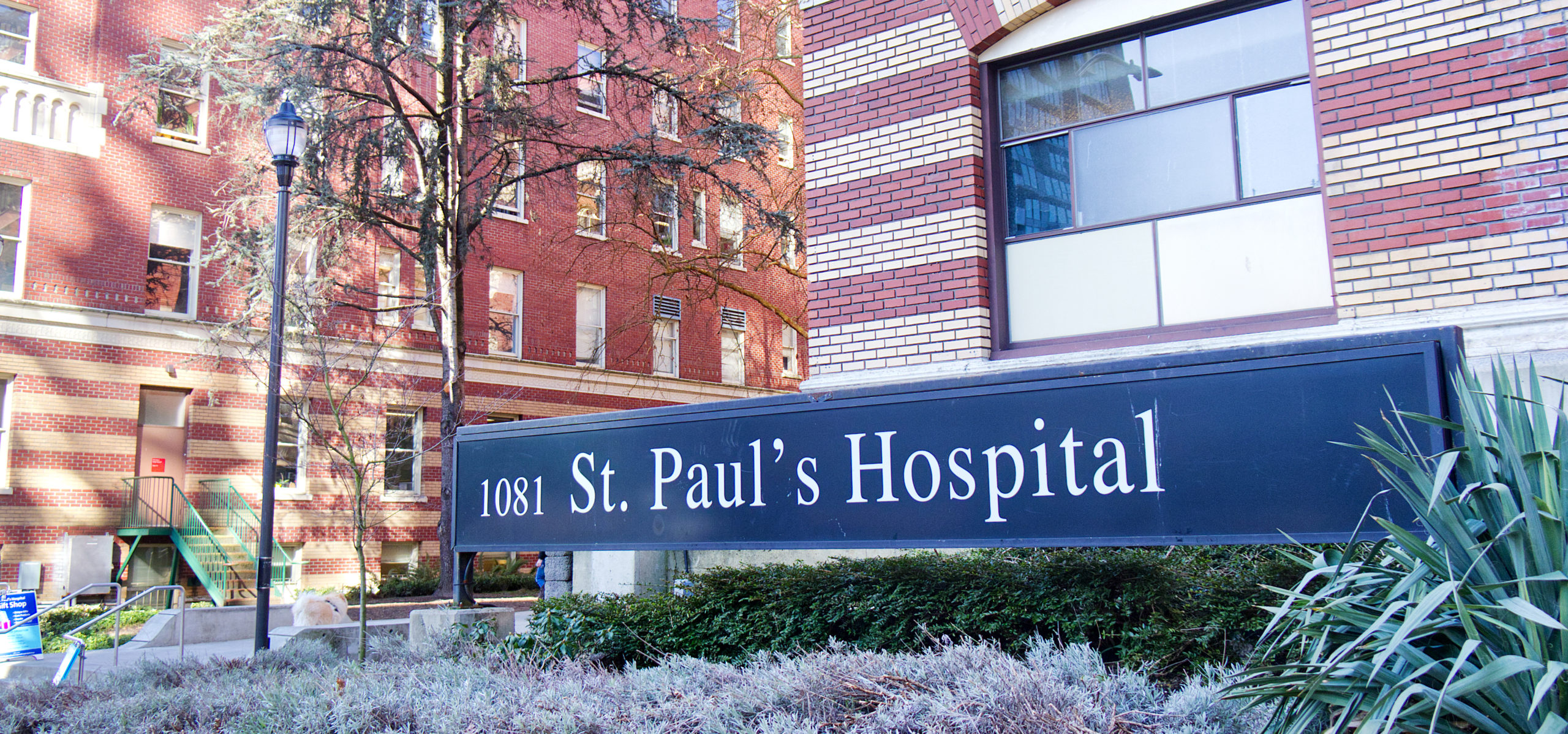An innovative harm reduction program at St. Paul’s Hospital provides a safe and predictable supply of substances to people who are receiving care and living with addiction. Safe supply is a critical response to this health crisis, especially in light of the COVID-19 pandemic, but this unique program doesn’t administer opioids; it’s for people with alcohol use disorder.

The Managed Alcohol Program (MAP) is the sole hospital-based program in B.C. and one of only three in Canada. CHÉOS Research Associate Dr. Beena Parappilly, a clinical nurse specialist in acute medicine at St. Paul’s, has been involved with MAP since its inception in 2016 by providing clinical leadership and support.
“People who have alcohol use disorder who are receiving care in the hospital for other health concerns may be more likely to leave before their treatment is finished,” Dr. Parappilly explained. “The program provides small doses of alcohol to people who are experiencing alcohol withdrawal as a way to improve retention in this patient group.”
Alcohol use disorder (AUD) is a chronic disorder where people have a decreased ability to reduce or stop drinking. An estimated eight per cent of the Canadian population over the age of 14 lived with AUD in 2016.
The treatment option through the MAP means that care providers at St. Paul’s are better able to engage with patients who live with AUD. The program also reduces the likelihood that patients will seek out non-beverage alcohol, such as mouthwash or hand sanitizer, which can be particularly harmful.
Patients who show signs of AUD are assessed by the addictions care team. If prescribed, doses of alcohol up to a maximum of 18 per day are administered at patient request or if they show signs of withdrawal. The nurses administering the treatment will not dispense doses if patients show obvious signs of intoxication.
The concept for the MAP is based on the numerous community programs that provide alcohol services.
“There is plenty of research evidence about the success of these community programs but it is an emerging treatment in the acute setting,” she said.
Because it was such a unique program, the MAP went through some growing pains. To assess the program and to understand how to improve it, Dr. Parappilly and other care providers conducted a set of studies, both supported by the Practice-Based Research Challenge (2017 and 2019).
“These projects would not have happened without the support from the Research Challenge,” said Dr. Parappilly. “The funding freed up time to allow the nurse researchers to collect data and interview patients, and meant that we could provide participants with a small gift.”
The first project was a questionnaire-based study focused on understanding nurses’ perceptions of the program. It found that while over ninety per cent of nurses in acute care at St. Paul’s generally agreed with the program, seventy-four per cent had ethical or health-related concerns.
This led to the development and launch of internal educational programs and materials about the MAP protocol, its benefits, and the evidence behind it.
“Over time, this program has become normalized as just another treatment,” noted Dr. Parappilly.
The second study investigated how patients experienced the MAP while in hospital.
The patients interviewed had positive perceptions of the program. They also noted its physical and psychologic benefits and endorsed its role in keeping them engaged in care.
The participants suggested that the treatment be offered periodically, rather than by request. Now, nurses assess the MAP patients at regular intervals and offer doses as appropriate.
The knowledge generated from these research projects also led to the addition of alcohol to the pharmacy formulary.
“This means that it will be much easier for care teams to monitor usage, maintain the stock, and administer the treatment,” explained Dr. Parappilly.
In the U.S., approximately seventy per cent of hospital pharmacies stock alcohol. In B.C., other hospitals in the province have expressed interest in launching MAPs following the success of the St. Paul’s program.



